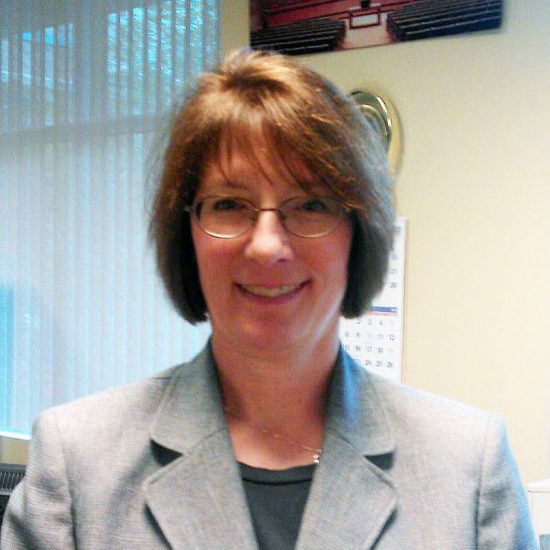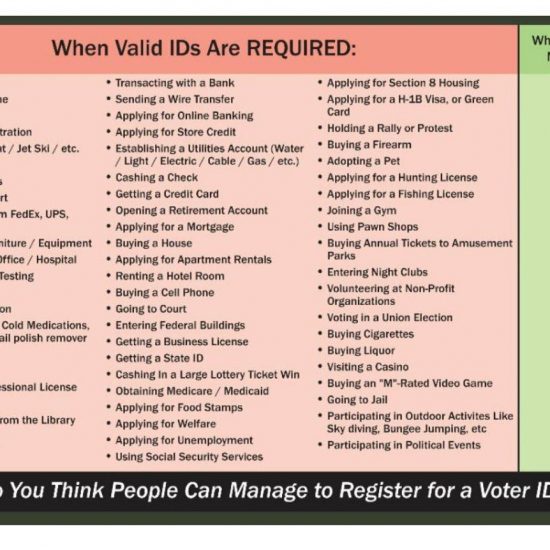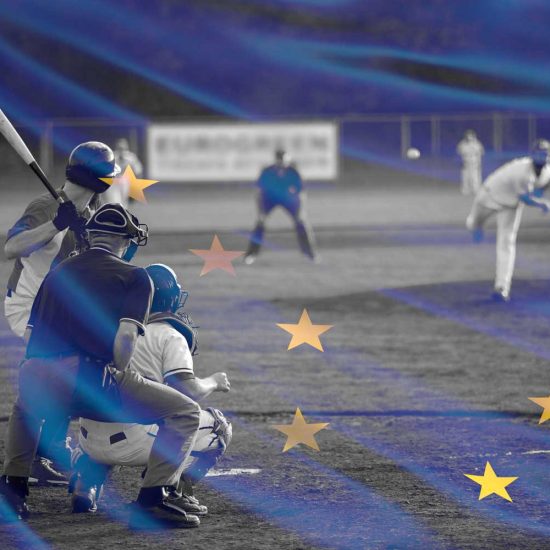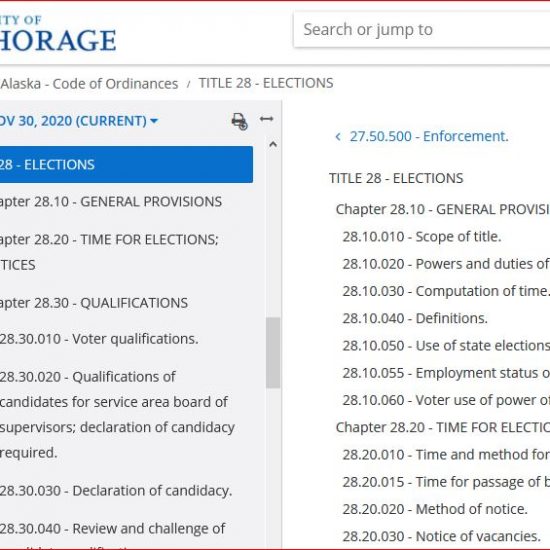Be it the original version in 1970 from the Ottawa, Canada rock group Five Man Electric Band, or Tesla’s 1990 remake, most of us recognize the lyrics to the song “Signs” are a harbinger of things to come this summer for Alaskans statewide.
“Sign, sign, everywhere a sign Blockin’ out the scenery, breakin’ my mind”
Granted, the topic of political signs may be better left for radio talk show hosts and rallies, or for the campaign wonks who strategize where, when and how many stakes to drive into the ground. The question remains whether or not a candidate’s signage actually generates votes.
Historians recognize the first modern political campaign occurring back in 1878. British Liberal Party leader William Ewart Gladstone was making a comeback and challenging Benjamin Disraeli for his support of the Turks, who were allies in the Crimean War. Gladstone’s constituency in Scotland, particularly Midlothian, boosted him to victory thanks in part to his strategic campaigning.
Americans must have taken note of Mr. Gladstone’s successful tactics because since the late 1880s there have been handouts, mailers, buttons, pins, and other messaging paraphernalia of the print and billboard sort across our fruited plains. Political signage is part and parcel to the communication mediums U.S. politicians depend on year after year, scattered across the country.
Google terms like “political signs” and “effectiveness” and all sorts of professorial commentaries surface. These days, academia seems to be the go-to source for expertise as much or more than actual political consultants. It’s unclear if actual scientific data exists concluding political signs concretely alter an election’s results.
What the “experts” are saying
An underlying premise when it comes to the use of political signs is that people tend not to vote for candidates they don’t know. The rationale goes that a sign plants a seed in the mind of the viewer and name recognition is generated. The more signs, the more name recognition. When the day of the elections arrives, and names are listed on the election ballot, the constituent will recall the name of the candidate, in part, because of the signs.
While name recognition is a critical component to any campaign endeavor, and signs considered integral to achieve name identification, other collateral effects tend to be referenced by researchers:
Psychological Support/Momentum – If you’re a candidate, or a supporter, in a competitive election there’s nothing as encouraging as seeing your team’s yard and billboard signs plastered throughout a neighborhood. The same goes for spotting an opponent’s signage, and the visceral reaction to want to pound more of your own signs in the earth to trump the competition. This mind-set is fast appearing in the digital realm too, like in social media with candidates competing for followers, friends and likes on Facebook and Twitter. Perhaps for online we can label it “Facebook Like Envy” or FLE.
Public Perception – People who typically vote every or most elections, whether you label them a “super voter” or an engaged citizen, have a pretty good idea who’s who in each local, state and federal election. Yet, psychological ticklers infiltrate all of our minds. To witness the virility of signage, densely caking a neighborhood or community, is bound to spark some inkling of recognition, if not generate a twinge of affinity or rejection. Think of sporting events and when you’re not vested in the outcome of two competing teams. Some people jump on board a slaughter and feel connected to the team with momentum. Others tend to side with the losing team and feel empathy for their plight. Candidates and their signs may compel the same emotions. The third choice, and some hold tight to this guttural sensation every election, is a negative feeling. Sometimes we all feel that way, suffering the gauntlet of correx missives blocking our line of sight and blurring the horizon in the majestic Alaskan distance.
Accomplishment – Ever run for office? If you want to win, it’s not just about time spent and volunteers active, it’s also about money. The less you have, the more difficult it is to build the dynamic website or secure the prime time T.V. commercial time slots, or reserve the most effective radio messaging for broadcast that smacks attention. For federal races in Alaska it’s in the millions of dollars, and state gubernatorial races are right behind congressional efforts, while Lt. gov. and state senate races can require $100,000 to $300,000+ for a win. State House races and larger Alaskan city assembly/council battles also rise to the $100K realm if high-profile. So if you’re short on coin, and have to choose one messaging medium beyond a brochure, signage is typically the optimum choice. And to that end, to achieve an equal or superior position in sign placement against your opponent instills confidence and passion. The bad news is, a lot of signs exclusively won’t produce a win.
Endorsement Effect – A questionable result of a political sign in front of a business or in its window, or in a neighbor’s yard, is that the populace will assume the occupant endorses the candidate. This logic is simple and suggests that if you promote through a political sign on your property, you’re behind the candidate or ballot measure. If you respect a neighbor, and he/she has a sign for a candidate, that may cause you to think twice about the choice. It also applies for those jerk neighbors you disdain. Of course, sometimes you’ll see a friendly neighbor, who can’t say “no,” with every candidate’s signs in the yard. Occasionally you’ll see a bi-partisan landscape with Democrat and Republican candidates for different seats displayed on the lawn or attached to a fence. It varies, it’s fickle, but for all intents and purposes a political yard sign means at least one member of the household supports the branded candidate. Spousal differences is an entirely different matter and the arguments that have arisen, because a sign was placed in a yard without approval by the other half, is epic.
Rules of engagement
We’ve all seen the illegal sign placements at election time, and not just in Anchorage. From Sitka to Barrow, Fairbanks to Homer, last-minute hustle to get voters’ attention means a sign bouillabaisse in some areas of town, rooted and attached to your imagination’s worth of structures and ground.
Theft is a nuisance, as much as unattractive signs. If you haven’t felt the searing pain of losing a political sign, sign stand or complete array of signage at the hands of a nefarious opponent, then welcome to the world of high blood pressure. It happens at night most often, and replete with denials from the other side. Loss of signs by malicious hands is a frustrating event that’s all too common, and it tests the metal of the most moral and ethical candidates on not physically pummeling the opponent, or at least his or her volunteers (or doing the same in retaliation by taking or destroying THEIR signs).
And what about legal vs. illegal placement? Periodically government enforcement officials are liberal in ignoring improperly placed campaign signs, but State and municipal laws are on the books and tolerance is waning year by year. The Department of Transportation delineates on its website, referencing Alaska Statute authority, that the placing of signs on State roads and highway rights-of-way is deemed an unauthorized encroachment, and signs will be removed. Further, outdoor advertising may not be erected or maintained within 660 feet of the nearest edge of the right-of-way. http://dot.alaska.gov/campaignsigns/index.shtml
In Anchorage, the state’s biggest city, there are even more rules and a permit required for each larger signs in specific areas, controlled under Title 21. http://www.muni.org/Departments/OCPD/Planning/zoning/Pages/Signs.aspx
It’s no different in Soldotna,
http://www.ci.soldotna.ak.us/signs.html
or in Wasilla,
or in Juneau.
http://www.juneau.org/clerk/elections/Election-Sign.php
Candidates, staff and volunteers have no excuse not to verify and comply with the rules this summer and fall, and most cities and boroughs have direction codified in their ordinances.
And take them down after the election, win or lose! Those candidates who remove their signs the day after an election truly deserve special recognition, especially if they lost – when depressed and feelings of optimism ripped from their soul after a hard-fought competition.
Notables
Who can forget former Republican State Representative Terry Martin and his en mass storm of political signage in East Anchorage in the late 1970s, 80s and 90s. It got worse when he lost his first race as an incumbent against veteran campaigner Bettye Davis for state senate. The days of highly competitive races in Fairbanks, Juneau, Ketchikan, on the Kenai Peninsula, and especially in Anchorage and Mat-Su, have not waned. If anything, signs of all sizes and shapes are appearing more and more.
In the 1970s and 80s, Eagle River Democratic State Representative, then Senator, Sam Cotten, was known for his hand painted blue and gold wooden signs. From Mafia Mike to Tom Fink for mayor, Anchorage has a history of fun and smile-inducing signage. Who can forget Steve Strait against Becky Gay in West Anchorage back in 2002.
 Sign wars are soon to arise as Republican U.S. Senate candidates Mead Treadwell, Dan Sullivan and Joe Miller vie for the best and most prominent locations statewide. Don’t forget Governor Sean Parnell (R) and challengers Byron Mallot (D) and Bill Walker (I). The Lt. Gov’s race will be no less visible, with state senators like Hollis French (D) and Lesil McGuire (R), Mayor Dan Sullivan (R), and equally hard working challengers like math teacher Bob Williams (D) in Mat-Su and Independent Craig Fleener (I) in Fairbanks. And yes – all the state’s House and Senate candidates may be even more visible, as they press for district exposure on T.V., radio, digital and signage amidst PAC and big campaign monies flooding the message mediums.
Sign wars are soon to arise as Republican U.S. Senate candidates Mead Treadwell, Dan Sullivan and Joe Miller vie for the best and most prominent locations statewide. Don’t forget Governor Sean Parnell (R) and challengers Byron Mallot (D) and Bill Walker (I). The Lt. Gov’s race will be no less visible, with state senators like Hollis French (D) and Lesil McGuire (R), Mayor Dan Sullivan (R), and equally hard working challengers like math teacher Bob Williams (D) in Mat-Su and Independent Craig Fleener (I) in Fairbanks. And yes – all the state’s House and Senate candidates may be even more visible, as they press for district exposure on T.V., radio, digital and signage amidst PAC and big campaign monies flooding the message mediums.
Bring back that 70s music…
So it’s not the 1970s anymore. That’s a bummer for the awesome music we’re missing these days. It’s also deflating a bit, if you grow tired of politics in your face and neighbors’ front yards every year.
But let’s face it, political signs are a big deal for candidates. Signs also induce different reactions from the voter and public, ranging from pleasure to annoyance.
As the election nears, we’ll address signage further at APE, highlighting the companies statewide that print signs, the service companies building the frames and stakes and deploying said signs, and which candidates seem to have the most success as the Primary and General come and pass.
The question APE poses to all of you in the meantime is:
Do signs make a difference to you as a voter, and if they do or don’t, why? Comment below and let’s start a dialogue.











